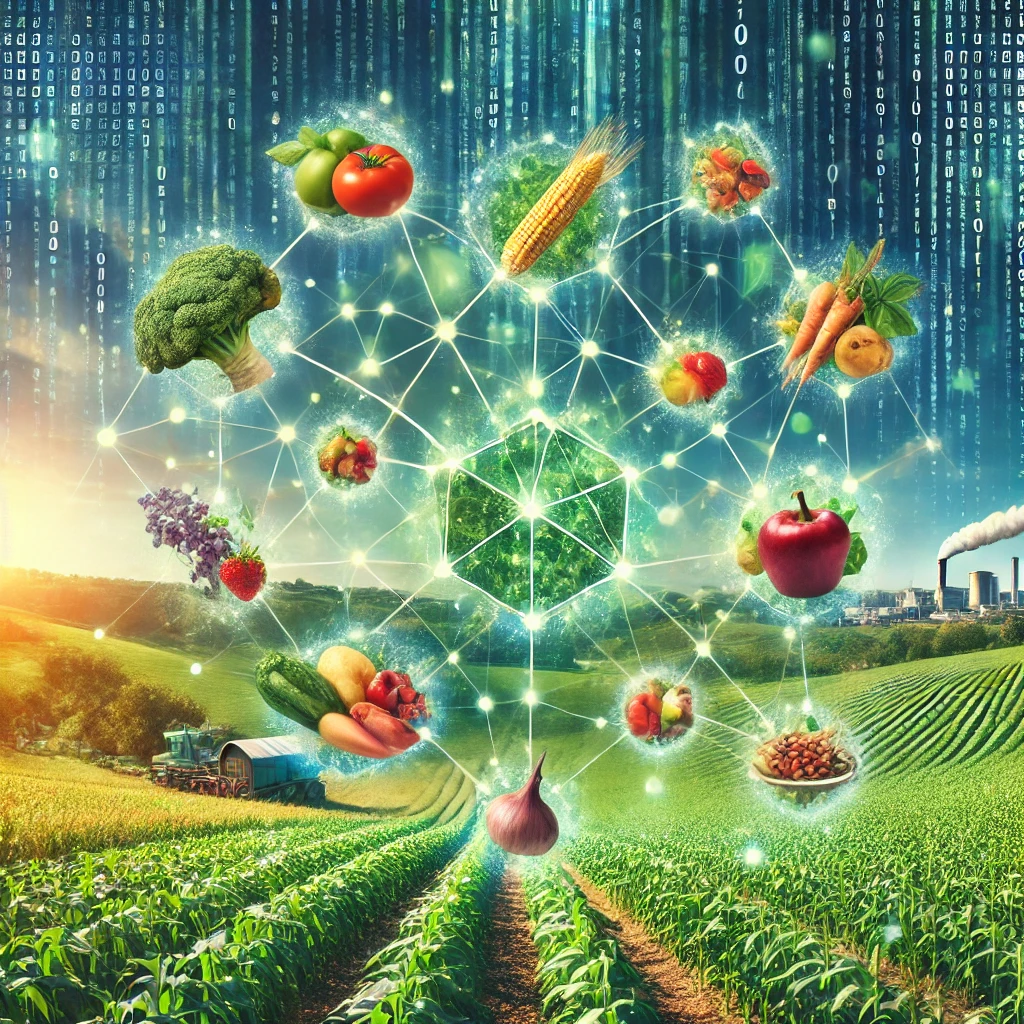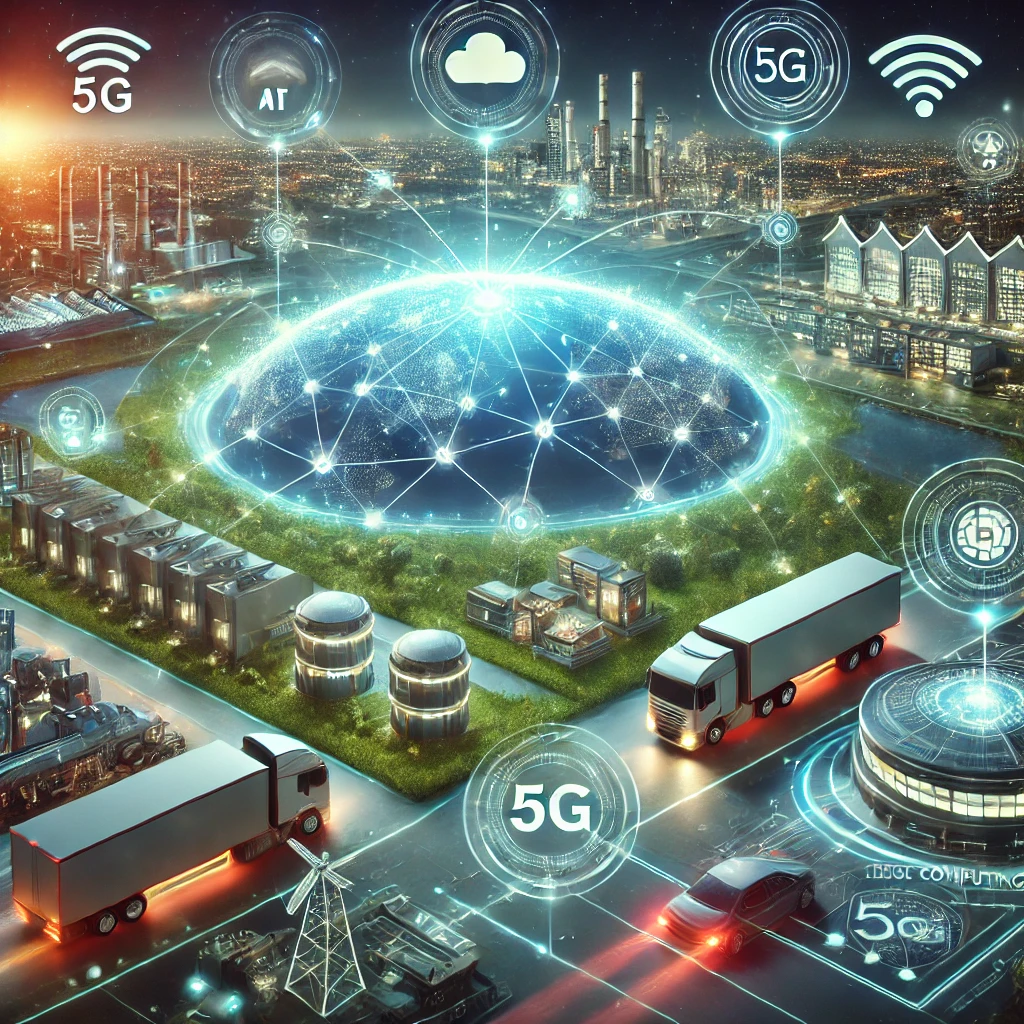· Shane Trimbur
Revolutionizing Food Supply: How Blockchain Can Reduce Our Dependency on Processed Foods
Predictive analytics based on blockchain data could help retailers better match supply with demand, reducing waste and the need for long-term storage.

The modern food supply chain has created a paradox: while we have more food choices than ever before, we’ve become increasingly dependent on processed foods with preservatives. This wasteful dependency isn’t just a matter of convenience—it’s deeply rooted in the inefficiencies of our current supply chain infrastructure. Let’s explore how blockchain technology could fundamentally transform this landscape.
The Current State of Food Supply Chains
Today’s food supply chains are plagued by several critical issues:
-
Lack of Transparency: The journey from farm to table is often opaque, with limited visibility into storage conditions, transportation times, and handling processes.
-
Inefficient Distribution: Extended supply chains necessitate heavy processing and preservation methods to prevent spoilage during lengthy transport and storage periods.
-
Trust Deficit: Consumers have limited means to verify the authenticity of “local” or “organic” claims, leading to skepticism and defaulting to processed alternatives.
Blockchain’s Role in Transformation
Here’s how a blockchain-based solution could address these challenges:
Smart Contracts for Direct Farm-to-Consumer Connections
By implementing smart contracts on a blockchain network, we can create direct connections between local farmers and consumers. These contracts would automatically execute when predefined conditions are met, ensuring:
contract FarmToConsumer {
struct Produce {
uint256 harvestTime;
string location;
string[] transportConditions;
address farmer;
bool isOrganic;
}
mapping(uint256 => Produce) public produceTracker;
}Real-Time Supply Chain Visibility
A distributed ledger could track every touchpoint in the supply chain:
- Harvest timestamps
- Storage conditions
- Transportation routes
- Delivery confirmations
This transparency would enable consumers to make informed decisions about their food sources and reduce the need for heavy processing to accommodate unknown supply chain durations.
Technical Implementation
The solution would utilize a hybrid blockchain architecture:
- Public Layer: Consumer-facing verification and marketplace functionality
- Private Layer: Supply chain operational data and business logic
- Oracle Network: Real-time environmental monitoring and condition verification
IoT Integration
Smart sensors throughout the supply chain would feed data to the blockchain through secure oracles:
- Temperature monitoring
- Humidity tracking
- Transportation time logging
- Storage condition verification
This data would be immutable and accessible to all stakeholders, creating accountability and enabling rapid response to potential issues.
Impact on Processed Foods
This infrastructure would reduce our reliance on processed foods in several ways:
-
Enable Efficient Local Distribution: Smart contracts could automatically match local producers with nearby consumers, reducing transit time and the need for preservatives.
-
Verify Freshness Claims: Real-time tracking would allow consumers to verify the actual age and condition of their food.
-
Optimize Inventory Management: Predictive analytics based on blockchain data could help retailers better match supply with demand, reducing waste and the need for long-term storage.
Future Implications
The implementation of blockchain in food supply chains could lead to:
- Reduced food waste through better tracking and distribution
- Increased consumption of local, fresh produce
- Greater transparency in food sourcing and handling
- More efficient pricing mechanisms based on real-time supply and demand
Technical Challenges and Solutions
While promising, this system faces several technical hurdles:
- Scalability: Using Layer 2 solutions and sidechains to handle high transaction volumes
- Data Privacy: Implementing zero-knowledge proofs for sensitive business information
- Integration: Creating standardized APIs for existing supply chain systems
Conclusion
Blockchain technology offers a promising solution to our food supply chain inefficiencies. By creating transparent, efficient, and trustworthy distribution networks, we can reduce our dependency on heavily processed foods while supporting local agriculture and improving food quality.
The technology exists—what we need now is coordination between stakeholders and a commitment to implementation. As we continue to develop these solutions, we move closer to a future where fresh, local food is not just an alternative, but the norm.
This post is part of our ongoing series on blockchain applications in agricultural technology. For technical implementations and code examples, visit our GitHub repository.



